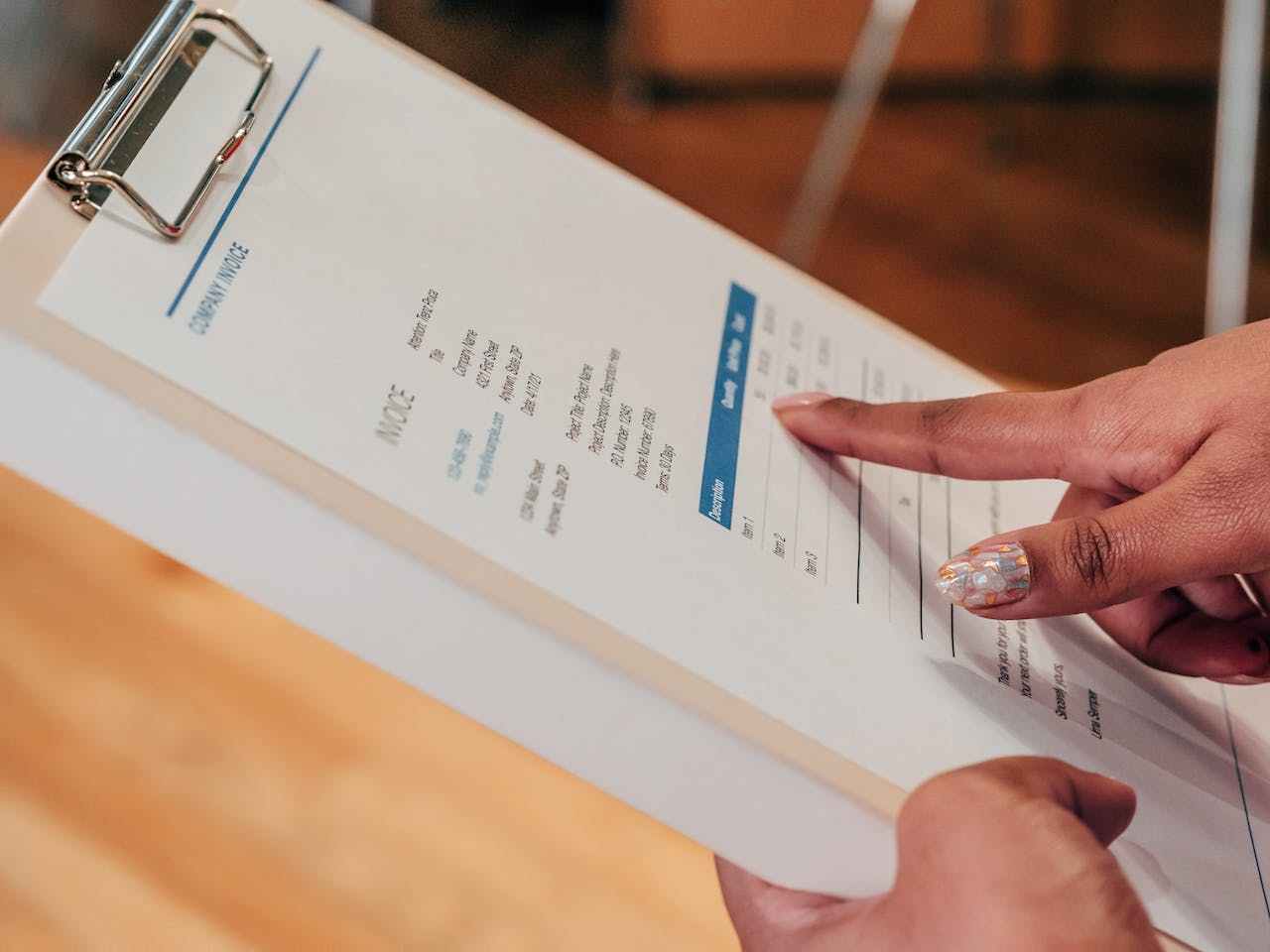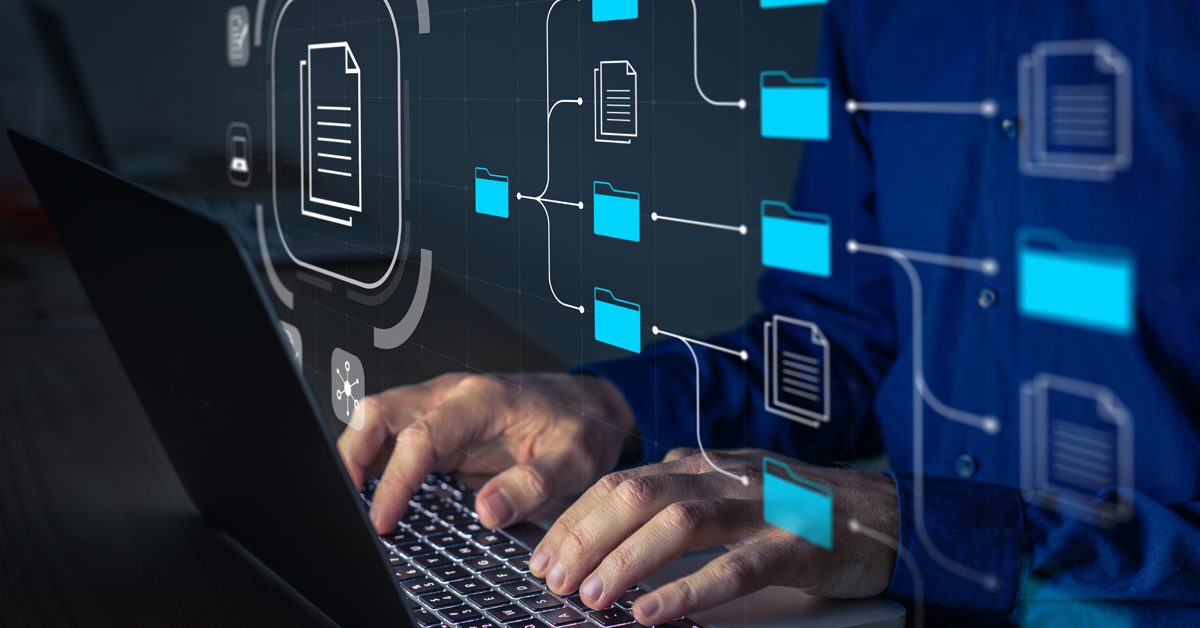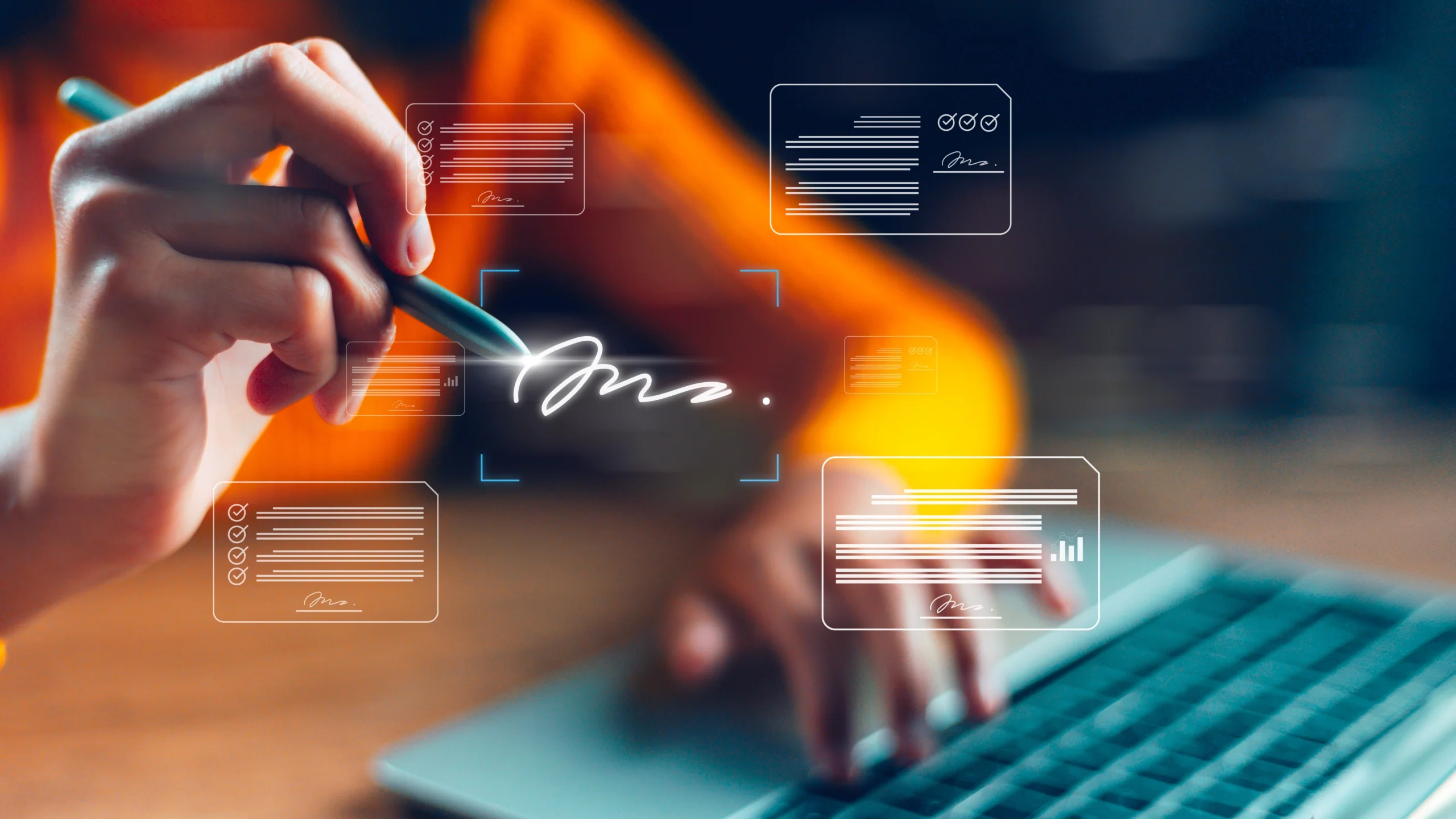You are charged up to close a deal worth thousands of dollars. You’ve been eagerly waiting for this day after a series of meetings and calls. Days later, you were informed that the contract has been delayed by two weeks as the prospective partners are traveling with limited connectivity. You can’t email the contract due to the confidential nature of the document. This unexpected delay will impact your business plans and result in loss of productivity. Moments like these make you pause and say, “Waiting for everyone’s signatures is so tedious!”
Situations like this demand technology that could make business processes lightning-fast, just like Olympian Usain Bolt. Enter electronic signatures (eSign). With eSign, you can bid adieu to your worries.
Lower operation costs and faster turnaround time have spurred several organizations to opt for digital signatures on forms, invoices, and agreements. Here’s how eSign are changing the way organizations seal the deal:
What Makes eSign the Better Alternative?
The downside of old-school signature is that it requires all signatories to be physically present at the same time. Moreover, physical signatures vary from time to time, making verification a tricky process. For organizations and individuals, the risk of forgery is even more pertinent.
Collaborative eSign does the same job as a traditional signature but is more convenient and secure. Beyond enhanced security, eSign can make a significant difference in how organizations function, accelerating deals and helping companies sprint ahead of competition.
Most countries around the globe have created laws to govern the usage of electronic signatures. Organizations must use a tool that matches the technology standards and adheres to the regulations to make eSign acceptability and legally binding.
By adopting the eSign capability, businesses can:
- Enhance Speed: Electronically signing documents significantly accelerates document workflow. No more waiting for documents to be printed, mailed to relevant parties, signed, and returned. With a collaborative eSign, all parties can sign the same document digitally within seconds, from any location. This level of collaboration can be a game-changer for businesses
- Improve Security: Digital signatures are far more secure because of the added layers of identity verification, encryption, and integrity checks. Plus, they are difficult to forge as compared to handwritten ones. It provides complete transparency into the signing process, making everyone’s actions traceable
- Ensure Compliance: eSign helps companies comply with legal requirements. It is designed with stringent regulations in mind, making it easier for organizations to meet legal standards
Newgen’s Digital Signature Capability Helps You Race Ahead
As the world rapidly moves to digital documentation, a secure and reliable signing capability is crucial. Newgen’s eSign feature is designed to elevate how collaborative document signing is handled. It enhances the NewgenONE low-code platform by being an essential part of the enterprise content management and customer communication management platforms.
The technology includes a workflow manager to orchestrate frictionless collaboration during the signing. The feature takes customer satisfaction to the next level by offering unparalleled security and convenience.
Remember this technology the next time you sign a document online and digitally finalize a contract in a jiffy. It might be Newgen’s innovation working behind the scenes.
| Newgen = Innovation = Patents |
|---|
| Patent number: 367606 Online Collaborative Signing of DocumentsThe invention offers an enriched digital signature solution for the collaborative signing of documents with automatic verification of user device, identity, and signatures. The documents in the system are accessed via an interface and further authenticated with user device ID management and digital rights management. Additionally, the system also includes a workflow manager which manages the flow of signed and unsigned documents, enabling collaborative signing and automatic signature verification. Furthermore, the detailed information is secured in a hash generator. Inventors: Virender Jeet, Atin Kumar, Pulkit Mehra |
You might be interested in



25 Sep, 2025
Transforming Enterprises with Newgen’s Business Process Management Software

